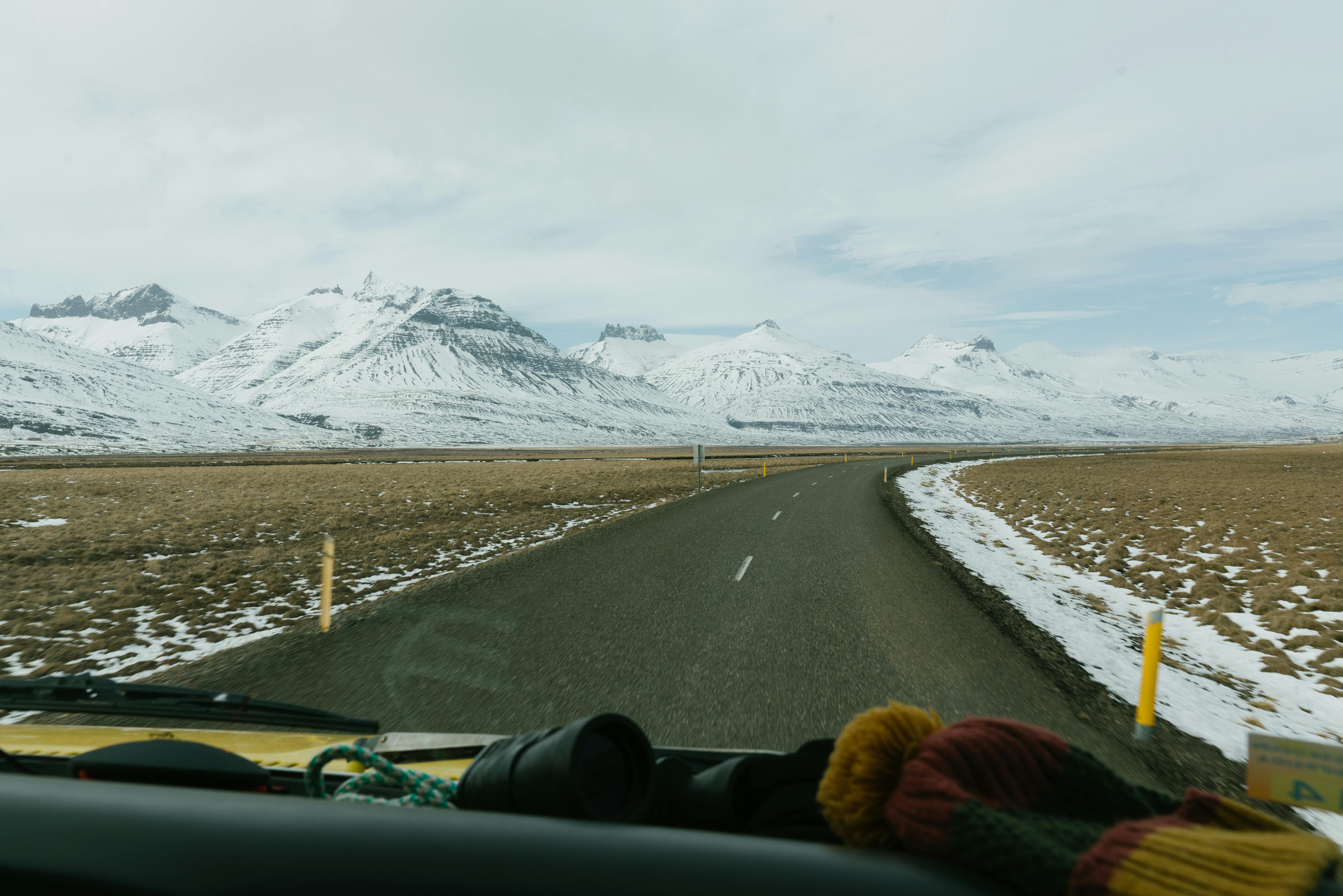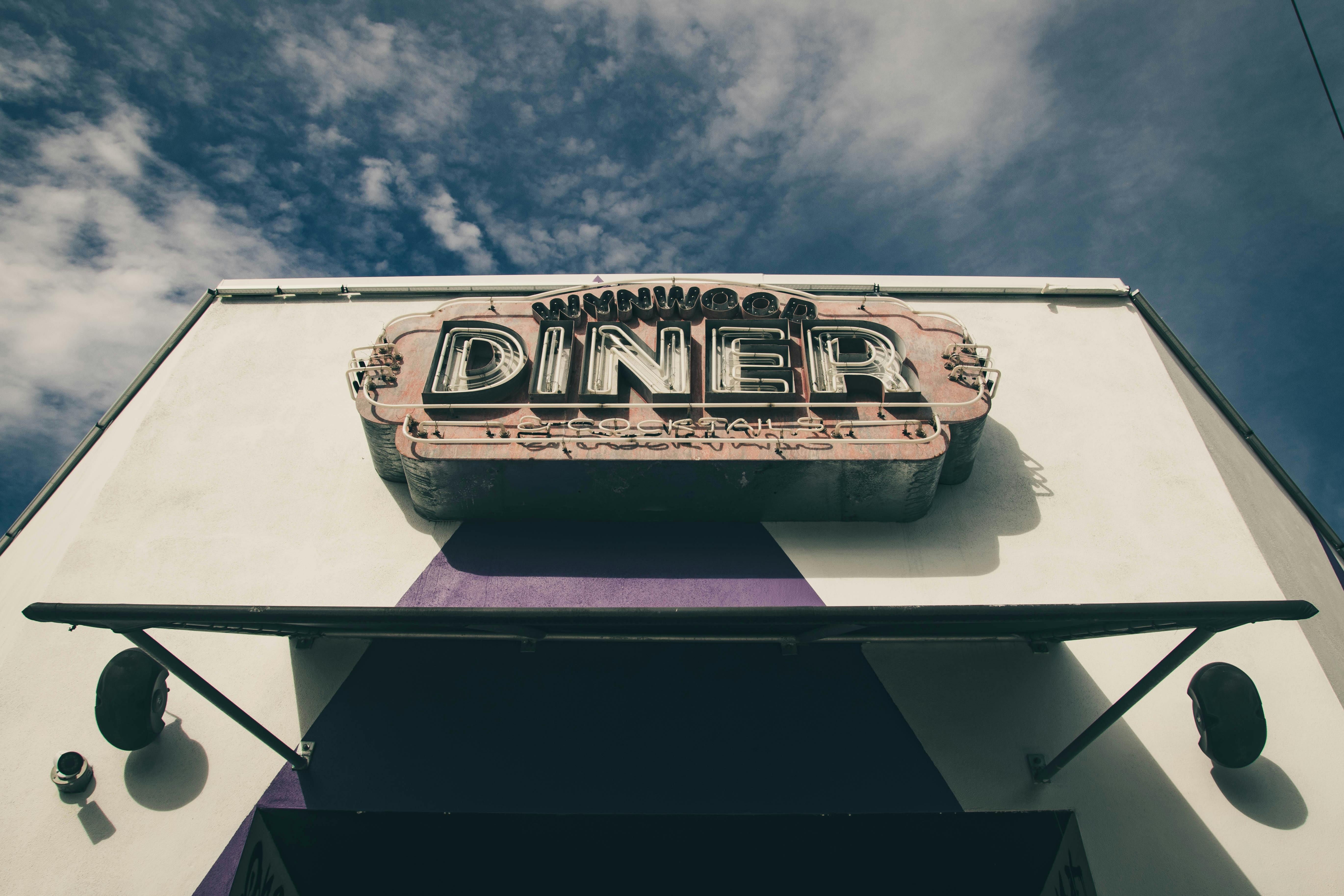
Sonoma Wine Country
admin
- 0
North of San Francisco in California are the famous American Viticultural Areas (AVAs) of Mendocino, Sonoma and Napa. Sonoma is the original home of fine California wine, although in the last 4 decades it has been overshadowed by its smaller neighbor to the east, Napa Valley. One of the main factors that affect the cultivation of the vine in this northern area are the fog banks created by the cold waters of the Pacific along the coast. During summer days, the sun warms inland areas, and warm rising air attracts fog from the coast, which flows through any valley that faces the ocean. Therefore, the temperature in different wine regions depends on the height and number of mountain ranges between the vineyards and the Pacific mists and can vary substantially over a remarkably small distance.
The Sonoma County AVA extends from the northern edge of the San Francisco Bay north along the Mayacamas Mountains on the eastern edge to Mendocino County above the city of Cloverdale and, in a small portion, is it extends west to the Pacific Ocean on the coast north of Bahía de Bodegas. Sonoma County can be divided into two areas, North Sonoma and Sonoma Valley.
Northern Sonoma stretches from Cloverdale in the north to Santa Rosa and then west to the Pacific Ocean. The Mayacamas Mountains in the east separate it from the Napa Valley. North Sonoma has 3 main sub-regions that revolve around the city of Healdsburg, Alexander Valley, Russian River Valley, and Dry Creek Valley.
The Alexander Valley follows the Russian River as it leaves Mendocino County near Cloverdale and reaches just east of Healdsburg. It is warmer than the other 2 areas due to the shelter of the hills northwest of Healdsburg. Cabernet Sauvignon develops very well in this valley. Wineries include Silver Oak, Clos du Bois, Alexander Valley, and Field Stone.
Dry Creek Valley is to the west of the Alexander Valley and is a bit cooler, and strangely the valley floor is cooler than the valley sides. Zinfandel is common above the mist line at the edges of these valleys, as is Cabernet Sauvignon; in the valley bottoms, whites such as Sauvignon Blanc are common. Wineries include Fritz, Ferrari-Carano and Gallo Sonoma.
To the south, the Russian River Valley is the coolest of the three main regions, as it stretches west toward the ocean. Its northeastern border includes Healdsburg and extends to the south, but borders the city of Santa Rosa. The western part of the region is the coolest, as the mists are channeled along the Russian River from its mouth in the Pacific. Pinot Noir benefits from the cool climate and has been planted extensively throughout the valley. Wineries include Korbel and Jack Ass Hill in the west, De Loach, Dehlinger, and Martini & Prati in the warmer plains near Santa Rosa.
Russian River Valley also includes two sub-regions, Green Valley in the west and Chalk Hill between Healdsburg and Santa Rosa in the east. Green Valley Sonoma is even cooler than the western edge of the Russian River Valley, wineries include Domaine Laurier and La Crema, which is especially known for Pinot Noir and Chardonnay. To the east, fog only intermittently covers the lower parts of Chalk Hill, the higher elevations being known for Cabernet Sauvignon and Sauvignon Blanc. Rodney Strong and Chalk Hill are two of the wineries in this sub-region.
South and east of Santa Rosa, the town of Sonoma lies in the center of the Sonoma Valley, which extends into San Pablo Bay, a northern lobe of San Francisco Bay. Sonoma Valley has a long history, wine has been made in the valley since the mid-19th century. The north end of the Sonoma Valley is warmer than the south, which is cooled by the waters of the bay. The northern end is also protected on its western side by the Sonoma Mountains. In the north, Cabernet Sauvignon and Merlot are grown, as well as Chardonnay. Wineries include Kenwood, Arrowood, and Chateau St. Jean. A small subregion of Sonoma Mountain with Benziger and Laurel Glen wineries is located in the mountains northwest of the city of Sonoma. Below Sonoma, the valley flattens out into the Los Carneros wine subregion, which extends east to the Napa Valley floor. The cool climate here is perfect for Pinot Noir and Chardonnay is also grown. The sparkling wine is grown in Carneros, Freixenet has created Gloria Ferrer on the Sonoma side of the valley. On the Napa side, there is Codorniu Napa and Taittinger de Champagne has Domaine Carneros. But it’s not all sparkling, Sainstbury in Napa is known for the quality of its Pinot Noir.

